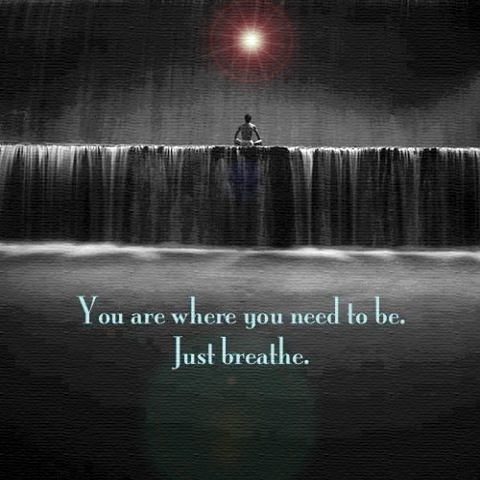A recent comment by a horseman I really respect has provoked a lot of thought over the last week or so. He said, "In the past people have asked me to work with their horses and knowing the person l have refused" and went on to say, "Why l hear you ask, well for me its simple. Should l give the horse a glimpse of something different only for it to be snatch away by the owner's inability to :
1/ See the value in what your doing.
2/ Have the openness to change.
3/ Keep up the training that has been shown to them.
Is it not better for the horse to have one set of rules which are not perfect or shall we show the horse a better kinder way, which you know will be removed when your back is turned. Sometimes under these circumstances it better to leave things as they are, imperfections and all."
I could see his point and it was well made; ethically, should we be offering a horse something, making a promise to the horse, when we suspect that that promise will not be kept. I rarely if ever know someone well enough to make an instantaneous judgement about these things so I replied: "I try not to shut the door on people because there is always the hope of change." and, "I'm not sure we know anyone well enough to decide that there is no hope."
It got me thinking about the levels on which people contact me for help with their horses. Some want a quick fix to an isolated problem, others want the whole kit and caboodle. Between these two extremes there are a lot of people who want to get it right first time with their horse or to understand their horse better and to create a better relationship with him. I always strive to explain why I do what I do, to encourage people to explore why they do what they do. 99% of the time I think there is a shift in understanding to at least one level above the one on which I was contacted.
So will I go out to the person who wants a quick fix? Well, yes. Because most of the time there is the dawning realisation that there is an underlying issue which can be addressed usually in a very straightforward way.
Looking at the diagram above, the base is the most unstable point of the structure. If it were turned upside down then it would be as solid as a rock; this sometimes requires a huge shift of attitude and understanding in the owner. As it is, the nearer the bottom we are, the more we're relying on the horse to make all of the changes and he's the one who can't rationalise it all.
Here's some of the inspirational stuff that he puts up on his Facebook page every day:
Here's some of the inspirational stuff that he puts up on his Facebook page every day:




